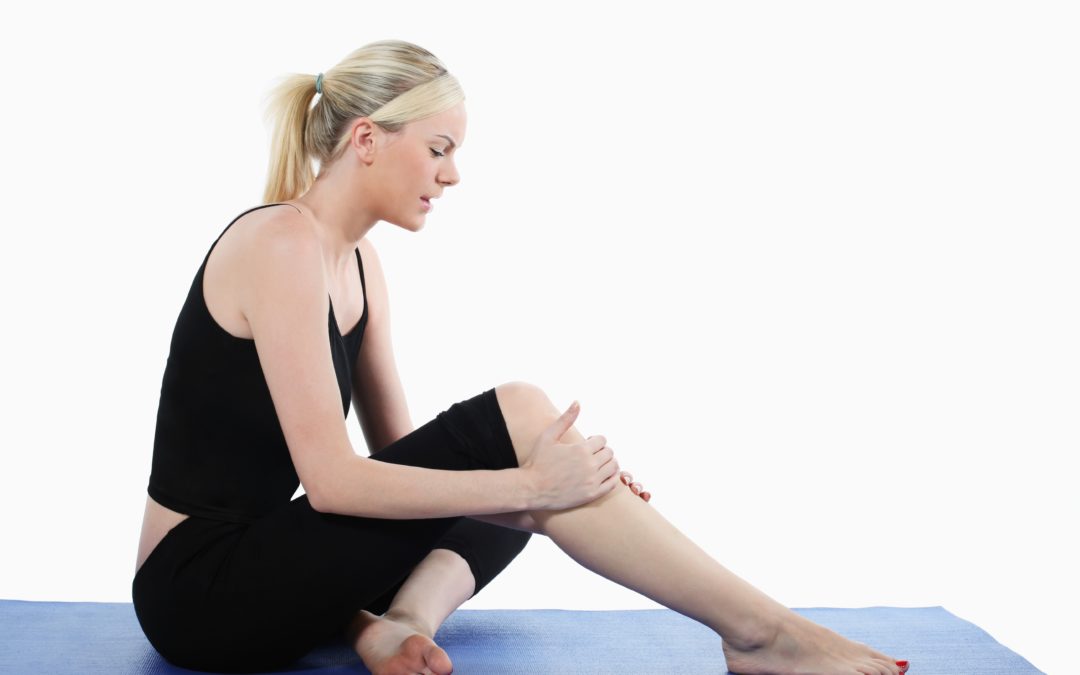Let me lay out a generic setting for you. Something that has played out many times in my few years of teaching.
I’m out with my husband and we come across some people he knows from [pick a place]. I have never met these people before and after the formal introductions, they ask me what I do for a living. With trepidation, I tell them Im a yoga instructor. Almost immediately, Im informed at how they cant do yoga, they tried the P90X version and were sore for a week or they went to a class once and everything they did hurt. I stand there and politely nod as they tell me their yoga woes. I don’t counter with some sort of sales-pitch, I don’t rattle off statistics or wellness magazine quotes. I just let them say their peace and we move on to the next topic.
In these scenarios, I know the individual isnt trying to talk me out of my profession or insult me in any way. I have always felt as though this was their way of trying to relate to me and Im fine with that. I honestly appreciate the effort, but the by-product is there often is a theme to their dialogue and the theme is: PAIN.
Yoganand Michael Carroll once said (and Im paraphrasing), ‘a pain-free yoga practice will develop infinitely faster than a practice with [any] pain.’ He said this because the first rule of yoga is ‘non-violence’ (Ahimsa). But also because pain is a sign that something is wrong. I repeat: PAIN IS A SIGN THAT SOMETHING IS WRONG!
In the epidemic of being busy, trying to diet (see Radiance’s Odyssey article) and creating an illusion of having ourselves together when really most of us are hanging on as best we can-our society has lost patience for our own bodies and the messages they are sending. If it hurts, it will go away; if we’re sick, we’ll move on despite it; and if it breaks, we’ll get a new one (even if it’s a body part!). But over time, without proper attention, the pain comes back more often, the sickness doesn’t shake and the body part…well, to replace it comes at a price of both time and money-not something everyone has in excess.
I like to think I regularly tell my students that pain is bad and I’ve had many students tell me they appreciate a pain-free message. So when Im standing in front of a room of students and there is a person trying to cram their body into position after position, I cant help but to scratch my head and wonder why they are spending their money to connect with a body they believe they should have, trying to make their body do something they think it should do, as opposed to honoring their true container. I want to stop the class and pull the student aside and tell them, ‘that puzzle piece doesn’t fit, stop pounding it into the board!’
Somewhere this student and the acquaintances from earlier were all were introduced to yoga with, ‘its wonderful, challenging and makes the body feel amazing,’ but they are deeply engrained with society’s message of: ‘challenge is hard and equals pain, but the pain will eventually feel good or go away, I promise’. This message has delivered so many times before to keep this idea alive! Colds wear off, cuts heal, hunger goes away at lunch time. And so they are all waiting for this promise to deliver, all the while going balls-to-the-wall. Because you’re not successful until you’re falling with exhaustion or pain. Gee, that sounds awful.
So I offer you this for the next class, workout or practice you are a part of:
- What if you practiced stopping right before you get into your fullest expression of the posture?
- Can you seek out the little whispers of pain and treat them with as much consideration as you would full-blown pain?
- Can you treat your body with the same amount of kindness and consideration you would request of a doctor or surgeon?
Try these three things in your next few practices and observe how the body responds. Allow yourself a little time to create these awarenesses and then carry them out into your day. Can you carry yourself without pounding your body into position?
Let me know how it goes.
